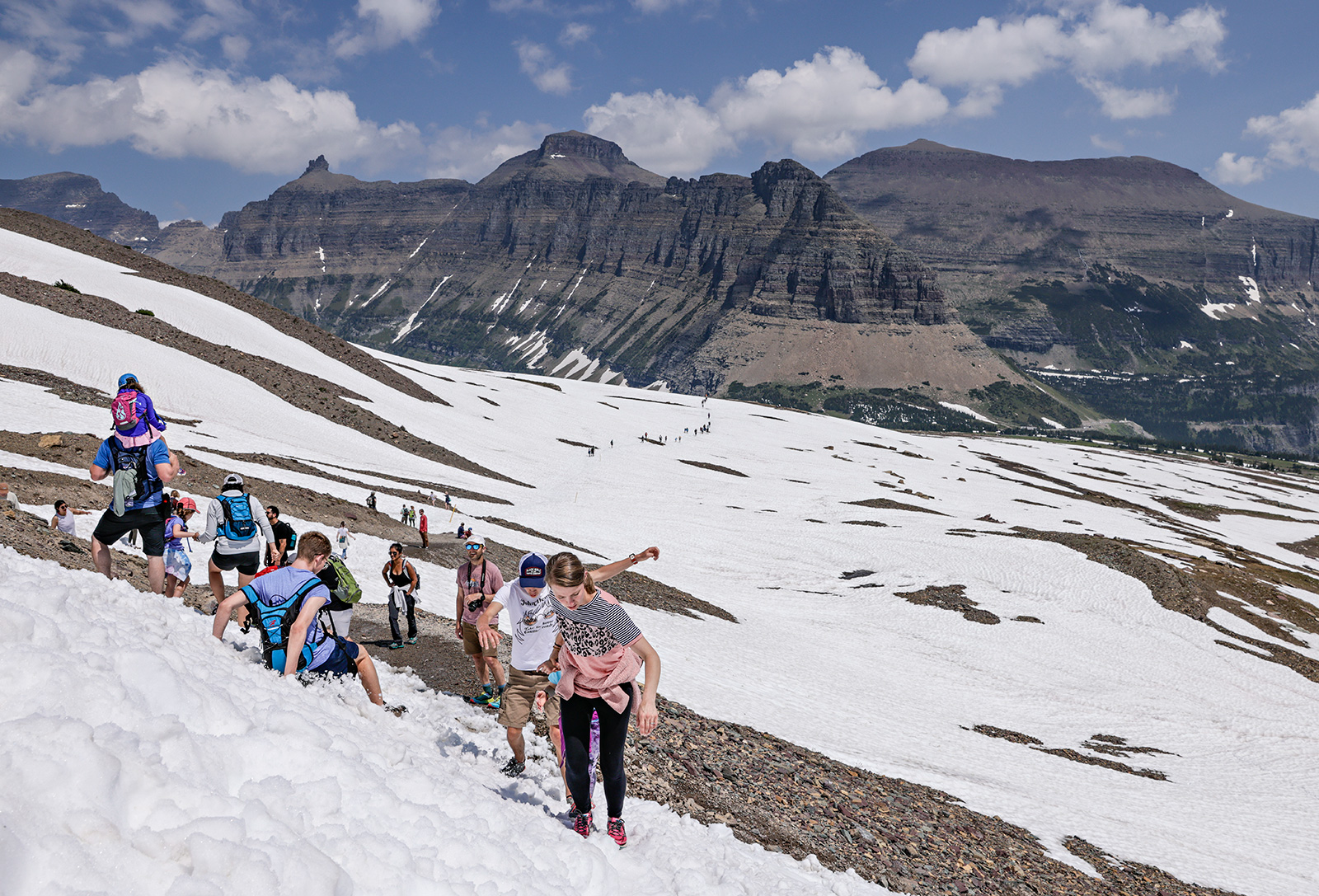National Park Tourism Adds $900 Million to Montana Economy
Visitors to Glacier National Park supported 5,691 jobs, $548 million in economic output for region in 2022
By Micah Drew
A new economic impact analysis of visitor spending around America’s 424 National Park Service (NPS) destinations shows the myriad parks, monuments, battlefields and historic sites contributed $50.3 billion to the nation’s economy in 2022. In Montana, visitors to the National Park System, anchored by Glacier National Park, spent $621 million during travel, money that supports local restaurants, hotels and other tourism-oriented businesses for a total statewide economic impact of more than $900 million.
The analysis, conducted by the NPS, in collaboration with the U.S. Geological Survey, used visitor surveys, visitation data and “modeled regional economic multipliers” to measure how visitor spending cycles through local economies, generating business sales and supporting jobs and income. The report includes direct spending by visitors within 60 miles of an NPS site, labor market contributions, as well as a modeled indirect effect to the local economies.
In 2022, Glacier National Park saw 2.9 million visitors who spent $368 million in the gateway communities around the park. That spending supported 5,691 jobs, roughly 10% of the total employment in Flathead and Glacier counties.
“Glacier National Park inspires people from all over the world to visit and experience the wonder of these stunning landscapes,” said Glacier Park Superintendent Dave Roemer in a press release. “Tourism to Glacier is a beneficial and sustainable component of our community and local economy.”
The total economic contribution to northwest Montana communities attributed to Glacier visitors is $548 million, according to the report, the second highest annual contribution after 2021, with the lodging sector accounting for the most spending.
Glacier Park direct visitor spending in gateway communities included:
- $152 million for lodging
- $60.9 million at restaurants
- $29.5 million at retail locations
- $13 million for camping
- $31.3 million in gas
- $21.9 million in groceries
- $21.8 million at recreational industries
Yellowstone National Park significantly contributes to the Bozeman-area economy and saw $452 million in visitor spending in 2022, a marked decline from 2021 due to the extensive closures along the park’s northern border following flooding events that washed out sections of roadway near the entrance.
Montana has four additional National Park System sites — Big Hole National Battlefield, Grant-Kohrs Ranch National Historic Site, Bighorn Canyon National Recreation Area, and Little Bighorn Battlefield National Monument — where visitors spent $27.9 million last year.
“Since 1916, the National Park Service has been entrusted with the care of our national parks. With the help of volunteers and partners, we safeguard these special places and share their stories with more than 300 million visitors every year,” NPS Director Chuck Sams said in a press release. “The impact of tourism to national parks is undeniable: bringing jobs and revenue to communities in every state in the country and making national parks an essential driver to the national economy.”
Nationwide, the report found that nearly 312 million visitors to the National Park System spent $23.9 billion in local communities, with a total economic impact of $50.3 billion. Visitors directly supported 224,300 jobs — about 80% of them in gateway communities.
“When people visit one of our amazing parks, they are contributing to the community around them,” Secretary of the Interior Deb Haaland said in the release. “At the Interior Department, we understand that nature is essential to the health, well-being and prosperity of every family and every community in America. But outdoor recreation is not just good for the soul, it’s a significant driver of our national and local economies and job sustainability.”